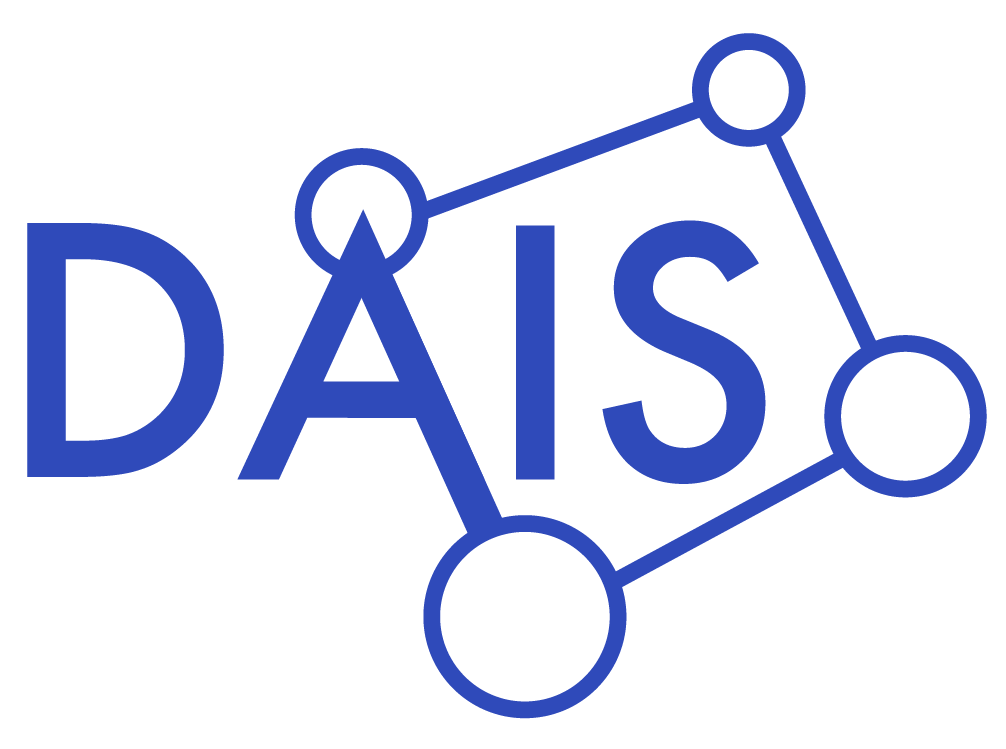Transport and Smart Mobility
Our ambition is to prove that algorithms, techniques and computational methods introduced by AI can significantly help to solve some of the challenges in the transportation sector like increasing travel density, CO2 emissions, traffic management, traffic safety, autonomous driving and UAS flights and urban mobility. Our objective is to make UAS flights, especially the autonomous ones, more safe, secure, robust and reliable. Machine learning and AI algorithms implemented on embedded devices can help us to achieve this goal. To attain system full autonomy and independence, we are forced to put a lot of computing power to the individual nodes of our system. During the UAS flight, there is not enough time for sending the sensor data to the central processing unit to execute the decision-making process there, most of the decisions needs to be made on edge nodes. However, one of the challenges we face with such implementation is a limited size, weight, and power consumption (SWaP) of required components. Our SW and AI algorithms will be optimized for CPU, GPU and memory use.
Ambition of Transport and Smart Mobility demonstrations is to develop embedded system for near real-time transmission of highly accurate position data and will implement communication framework for transmission of situation awareness data among multiple UASs and from UAS to ground station. Those data could be processed on board UAS or can be downloaded to ground station for post processing. The designed demonstrator will be based on a swarm of drones with which several systems and algorithms will be demonstrated:
- Feature identification system: To extract representative features from the raw measurements provided by sensors on board of an UAS.
- Situational awareness system: To allow UAS to gather knowledge about its own state and its environment’s state.
- DAA (Detect-And-Avoid) system: To detect and classify other aircrafts and / or other objects, make decisions about the threat they may cause and trigger actions to avoid collisions.
- Planning: The system will be able to generate plans and solutions for complex problems in unknown or dynamic environment.
Objectives
1) Prepare the swarm of 10 drones equipped with flight controller, intra drone communication unit, an accurate PNT unit and set of sensors (RGB camera, infrared, acoustic sensors etc.)
2) Develop and demonstrate on the drone swarm the following capabilities: feature extraction, situational awareness and DAA (Detect-And-Avoid)
3) Demonstrate a surface scanning and map processing algorithms based on AI
4) Design and develop an optimized, secure and resilient inter drone communication platform capable to distribute the situational awareness data
5) Design, develop and demonstrate the swarm’s planning and obstacle avoidance capabilities, including active protection again intruders (throw a net)
6) Design, develop and demonstrate the distributed sensor data processing, including sensor fusion executed on individual nodes
7) Develop map processing algorithms based on AI
8) Use 3D surface scanning algorithms for vehicle localization and path prediction
9) Implement the energy optimal routes search and other energy saving algorithms
10) Measure the energy consumption during the UAS flight and elaborate the algorithms for power consumption reduction.
Demonstrators:
- Detect and Avoid and 3D surface scanning demonstrations (ESC)
- Self-Provisioning of Drone fleet for the transportation of goods (PDM)
- Accident Reconstruction and Insurance reconciliation (PDM)
- Fire monitoring and firefighting system (ESC)
- Finding energy optimized routes (ESC)
Partners:
ESC (Leader), GD, NXPGE, NURO, PDM, KT, GS, BEV, ITAV, UzL
